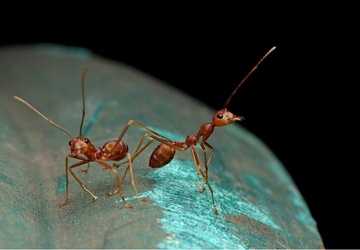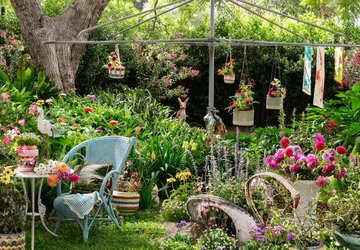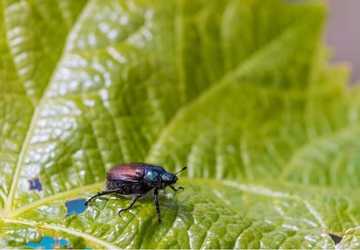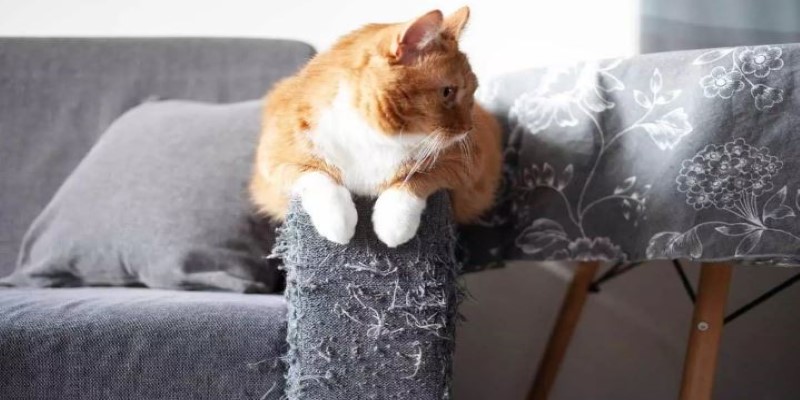The world of entomology, the study of insects, is a realm of wonder that unfolds on a miniature scale, teeming with life forms of extraordinary diversity. For those with a fascination for the tiniest members of the animal kingdom, keeping insects as pets offers an opportunity to delve into the intricacies of nature's creations. They present themselves in a remarkable array of forms, dimensions, and hues. In this article, we'll embark on a journey to discover the top 10 insects suitable for pet entomologists, uncovering the remarkable adaptations, behaviors, and care requirements that make these tiny wonders a joy to observe and nurture.

Insects Suitable for Pet Entomologists: Tiny Wonders
The world of entomology, the study of insects, is as fascinating as it is diverse. For pet enthusiasts who find joy in observing and caring for the smallest members of the animal kingdom, insects can make wonderful companions.
1. Praying Mantis (Mantis spp.)
Praying mantises are among the most popular insects in the pet entomologist's world. These iconic creatures are known for their distinctive appearance, with elongated bodies, raptorial forelimbs, and a swaying demeanor that gives them their name. They are carnivorous and voracious predators, making them great for those who enjoy watching the hunt. Watching a mantis capture and consume prey is a captivating experience.
2. Stick Insects (Phasmatodea)
Stick insects are masters of camouflage. These remarkable insects come in a wide range of shapes and colors, but what they all have in common is their ability to mimic twigs or branches. Keeping stick insects as pets is an excellent opportunity to witness nature's artistry up close. They feed on a diet of leaves, which varies depending on the species, making them relatively low-maintenance.
3. Giant Atlas Moth (Attacus atlas)
For those who appreciate the beauty of moths, the giant Atlas moth is a stunning choice. It is one of the largest moths in the world, with a wingspan that can reach up to 10 inches. These moths have a unique feature – their lack of mouthparts. Adult Atlas moths do not eat, living only for a few weeks. Entomologists who choose these ethereal creatures as pets can observe the entire life cycle, from egg to caterpillar to pupa to the emergence of the magnificent moth.
4. Ants (Formicidae)
Ants may not be the first insects that come to mind as pets, but they have become increasingly popular in recent years. Ant farms offer a window into the complex, highly organized societies of these tiny creatures. Watching worker ants scurry to collect food and care for their queen is an educational and entertaining experience. Some ant species, such as harvester ants and carpenter ants, are more commonly kept as pets.
5. Hissing Cockroaches (Gromphadorhina spp.)
While the idea of keeping cockroaches as pets may raise some eyebrows, hissing cockroaches are a far cry from their pest relatives. These large, docile insects are endemic to Madagascar and make fascinating pets for entomologists. They get their name from the hissing sound they produce when disturbed. Hissing cockroaches are hardy, low-maintenance, and relatively easy to care for.
6. Beetles (Various Families)

The world of beetles is incredibly diverse, with over 350,000 described species. This means there's a beetle for every entomologist's taste. From the dazzling colors of flower beetles to the hardy and impressive horned beetles, the variety is astounding. Beetles are relatively easy to care for and can be kept in enclosures that mimic their natural habitat. Some popular beetle pets include rhinoceros beetles, stag beetles, and jewel beetles.
7. Tarantula Hawk Wasps (Pepsis spp.)
For those entomologists who are intrigued by the world of parasitoids, the tarantula hawk wasp is a remarkable choice. These large wasps are known for their stunning iridescent blue-black bodies and their role in parasitizing tarantulas. Female tarantula hawks hunt tarantulas, paralyze them, and then lay their eggs on the immobilized spider. As gruesome as this may sound, it's a fascinating example of the complex interactions in the natural world. Keep in mind that these wasps have a powerful sting, so they are more for advanced entomologists.
8. Orchid Mantis (Hymenopus coronatus)
Orchid mantises are masters of mimicry. They look remarkably like flowers, with petal-like extensions on their legs and a delicate pink or white coloration. This camouflage is designed to lure unsuspecting pollinators right into their grasp. Orchid mantises are a great example of how insects adapt to their environments. They are relatively small and easy to care for, and observing their hunting techniques can be both captivating and educational.
9. Dung Beetle (Various Species)
Dung beetles are an essential part of ecosystems around the world. They play a crucial role in breaking down and recycling animal waste, helping to improve soil quality and reduce disease transmission. Entomologists who choose to keep dung beetles as pets can witness their remarkable tunneling and dung-rolling behaviors. There are numerous dung beetle species to choose from, making it a unique and educational choice for pet enthusiasts.
10. Princess Parrotfish (Scarus spp.)
In the realm of underwater entomology, the vibrant and colorful princess parrotfish takes the spotlight. Keeping a princess parrotfish in a well-maintained aquarium can provide a glimpse into the delicate balance of marine ecosystems. It's essential to research their specific care requirements, as marine fish-keeping can be more challenging than caring for terrestrial insects.
Conclusion
The world of insects is teeming with fascinating creatures, each with its own unique story to tell. For pet entomologists, these tiny wonders provide endless opportunities for observation, learning, and appreciation of the intricate workings of the natural world. Whether you're captivated by the predatory prowess of a praying mantis, the world of insect pets offers a rich tapestry of experiences.
Understanding their needs and behaviors will lead to a more successful and fulfilling experience for both you and your insect companions. With the right knowledge and a genuine love for these tiny wonders, you'll find that the world of pet entomology is a captivating and rewarding one.








